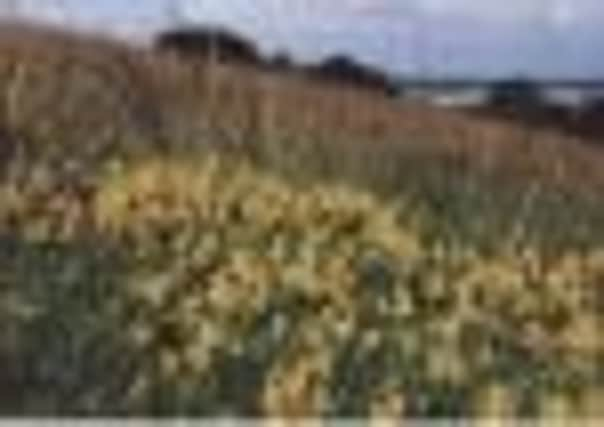I bet Henry VIII was responsible for this


Galium verum always grows well there. The chalk soil is very thin on the ramparts of the fort and the slope of the two thousand year old walls are still very steep so they make hotspots and are well-drained.
These circular banks are wonderful places to see lots of other fine flowers of the South Downs, such as pyramid orchids and spotted orchids too.
Advertisement
Hide AdAdvertisement
Hide AdI bet it was Henry VIII who was responsible in a back-door way for the name given to this super little yellow flower. It seems to have been coined in Tudor times. What does it mean though?
Well apparently Tudor households used this flower to scatter over the bedroom floors and in mattresses of the more delicate chambers in order to sweeten the air therein.
One shudders to think what those bed chambers were like without modern sanitation. Rather like the sanitation I observed in the streets of Kabul thirty years ago before the Americans installed some kind of modern methods of drainage.
The scenes I saw in those streets of the city were beyond comprehension in Western cultures and you would not believe me if I told you so I won’t bother.
Advertisement
Hide AdAdvertisement
Hide AdBut somehow the locals survived as did the Egyptians in the 1950s with their Sweet Water Canal. Old sweats of the Canal Zone service days like myself will know what I am talking about there at least.
Lady’s bedstraw was thus a kind of airwick but the use was mainly as a comfort to sore feet and skin.
Herbalists used it as a decoction to “bathe the feet of travellers and lacqueys, whose long running causeth weariness and stiffness in their sinews and joints”.
It was “a herb of Venus, strengthening the parts, both internal and external, which she rules”. Culpeper also administered the drug as an emetic, a herb that would stop nose-bleeds and assuage scalding from boiling water.
Advertisement
Hide AdAdvertisement
Hide AdToday we are more interested in its ecological use as being the food plant of an unusual moth, the small elephant hawkmoth. Deilephila porcellus, the Latin name of this lovely, plump little, green and carmine moth, gives you a clue as to where the nursery name of hephalump came from.
They are called elephant hawkmoths because the nose of the caterpillar is elongated just like an elephant’s trunk and it has a red, white and black eye-spot in just the place an elephant would as well.
The other night one of these gorgeous moths which fly like hummingbirds, did come bumping at my window in the dark just like a hephalump. But I can’t say that I see even one of them every year.
Though now that reclamation of downland under the South Down National Park should become more of a possibility, their foodplant should eventually become more common together with all the other ancient herbs used as remedies such as squinancywort, early purples, knapweed, St John’s wort, mugwort and sheep’s sorrel: all of them with unusual stories to tell.
Richard Williamson